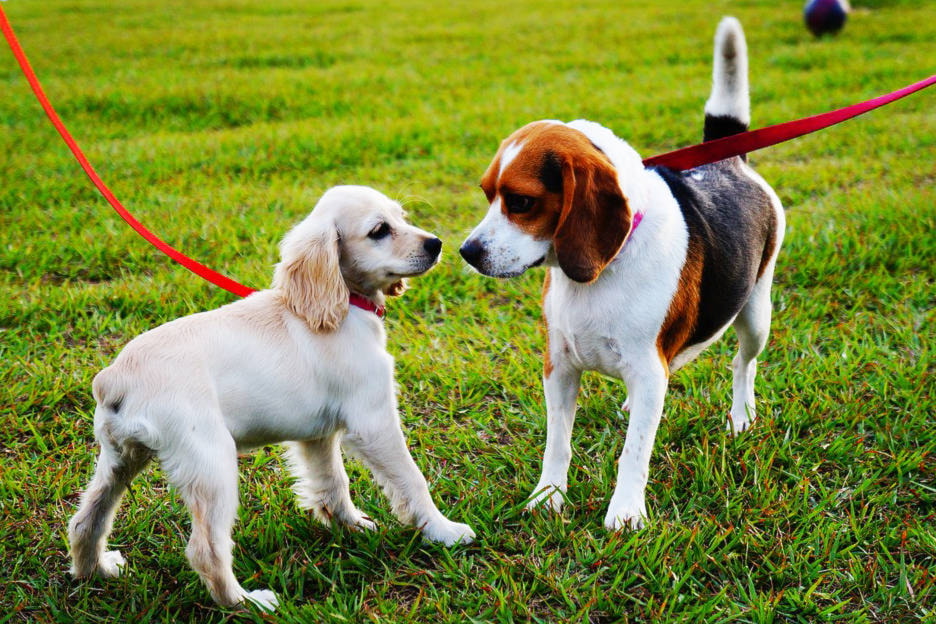As Revelstoke’s bylaw officers crack down on off-leash dogs, there are grumblings on social media of both support for the initiative as well as anger over the strict rules.
According to the city’s Animal Control Bylaw, everywhere in town, including the greenbelt, is a mandatory on-leash area, except for the river flats.
READ MORE: Revelstoke Bylaw Officers doing animal control outreach over next few weeks
For Marika Koncek, owner of Revy K9 and dog trainer for seven years, having your dog on a leash comes down to common sense and safety.
“I would never let my dog off leash downtown and I would never leave my dog in the front yard off leash,” she said.
Just because her own dog has good recall, doen’t mean Koncek could call her away from a moving vehicle.
Having your dog on a leash keeps them safe and it also keeps other dogs safe, she said.
A common problem Koncek’s clients come to her with is how to keep an off-leash dog from coming up to them.
She has many cases of reactive dogs–dogs who lunge, bark growl, pull etc. when they see something or are in a situation they don’t like.
“It’s a misunderstood dog that is communicating that they aren’t safe right now and they don’t feel comfortable with your dog approaching,” she said.
What should you do if you are walking your dog and another dog reacts?
Give them space, Koncek said.
If their owner asks you to put your dog on a leash, listen to them. If an owner is keeping their dog away from your dog, let them.
“Be mindful that this dog isn’t a dog who necessarily needs some training or isn’t entitled to be here,” Koncek said. “This is not a badly behaved dog.”
READ MORE: Revy K9’s paws-itive approach to dog training
On the other side of things, if you have a reactive dog, know that when they are reacting, there is nothing you can do to help them.
“When reactive dogs are in that state of reacting to another dog, they are in a state of fight or flight which scientifically means they are physically incapable of listening to cues and known behaviours,” Koncek said.
Get out of there.
“If you have a reactive dog they probably shouldn’t be off leash at all even if you think you are not going to run into someone,” she said.
In the end you should be avoiding things that trigger your dogs reactivity, there are plenty of places you can go for a quiet walk outside of town, Koncek said.
“We as a society are creating this problem with our dogs by forcing them to be in this situation,” she said.
Your dog does not want or need to go everywhere with you. A dog won’t get better if they are continually exposed to the thing that upsets them, Koncek explained. That’s how reactivity starts and gets worse.
“Just live your own life with your dog,” she said.
All dog owners should also be careful of over-arousal. If a dog gets too worked up, they will look for a way to get rid of that energy or stress and can become unpredictable.
READ MORE: Two-year-old boy killed in dog attack in northern Manitoba: RCMP
One of Koncek’s clients recently had her two dogs attack each other after being restrained and unable to get where they wanted to go. They had never fought before.
In a class Koncek is taking the instructor gave another example of a trio of dogs playing behind a fence who ended up knocking it down to run after and maul a child who rode by on a bicycle. The dogs had no history of aggression.
“The reality is, dogs are dogs and they are instinctive,” Koncek said.
And because of that they are unpredictable, no matter how well trained they are. The most reliable way to keep them safe? Have them on a leash, Koncek said.
@JDoll_Revy
jocelyn.doll@revelstokereview.com
Like us on Facebook and follow us on Twitter.
